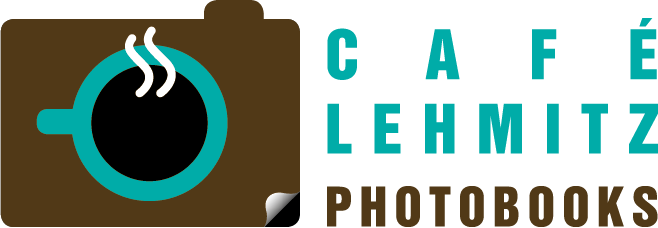About the German Photographer, Marie GOSLICH (1859-1938)
Marie GOSLICH was a photographer, writer, educator and painter. She is last listed in the Geltower Adressbuh in 1936/1937 as Marie Kuhls, writer. Under this name, she was in the Brandenburg-Gördens and subsequently in the Obrawalde sanatorium and nursing home from 1937 to 1938, where she died.Unusually for a woman, especially from her social class, she conveyed a picture of the everyday culture of her time already at the beginning of the 20th century in her photographic and journalistic works. Even her earliest photographs reveal that they were primarily used to illustrate reportages on social ills and social situations. She focused in particular on women working in the fields, gardens and farms.
Photo books about the work of Marie GOSLICH
'Early Light and Late Shadows' (2005, by Tessy Bortfeldt); 'The Poetry of the Country Road' (2008, by Krystyna Kauffmann); 'The Grande Dame of Photojournalism. The lady of photojournalism 1859-1938' (2013, by K.Kauffmann, Mathias Marx and Manfred Friedrich); 'A life behind glass' (2016, by Richard Reisen and K.Kauffmann).Other content in the photography of Marie GOSLICH
Scenes of buildings being demolished or old houses being rebuilt (step by step) can also be found in Marie GOSLICH's glass negatives, as well as barges, warehouses, bridges and images of people working in the harbor. Shots of children playing or doing handicrafts illustrate articles seeking a way out of the evils of tenements. She also photographed working fishermen and their families, anglers and recreational athletes. The staging demonstrates the natural characteristics of human beings in terms of the way they move. Marie GOSLICH's concept - the pausing of the object in a natural landscape - has the effect that the photographs of beggars, the wandering people on the roadside, poor street vendors do not have the drama that is to be expected. They are part and parcel of their time. Her landscape photographs depict Mark Brandenburg landscapes: lots of water and woods frame the sandy paths, sailboats and beaches populated with city dwellers. Some photographs show gardens in Berlin, the surroundings of the Schwielowsee, Potsdam, Werder, Dahme an der Dahme, Küstrin and Lübbenau.Her jounalistic publications (under the names Marie GOSLICH (M.G.), Marie Kuhls (M.K.) or Marie Kuhls-Goslich) 'Preußische Jahrbücher' (1898/99); 'Die Woche' (1906/07); 'Körperkultur' (1908-1910); 'Der Bote für die christliche Frauenwelt' (1905-1926); 'Die Mark' (1907-1927). The oldest, richly illustrated report is a three-part reportage on the Spreewald, which she wrote for the magazine Bote für die christliche Frauenwelt in 1905. Noteworthy are her negative statements regarding the land reform and the real estate trade, which dramatically changed the infrastructure of the cities. In the magazine 'Körperkultur' she also pointed out the necessity of sports as a compensation for the unhealthy life in the city. Often her articles are illustrated with smug scenes of city dwellers playing sports. In the years of the First World War, the style of the writers became more patriotic and increasingly conveyed the slogans of perseverance for the many women who were left alone.

 Deutsch
Deutsch
 English
English